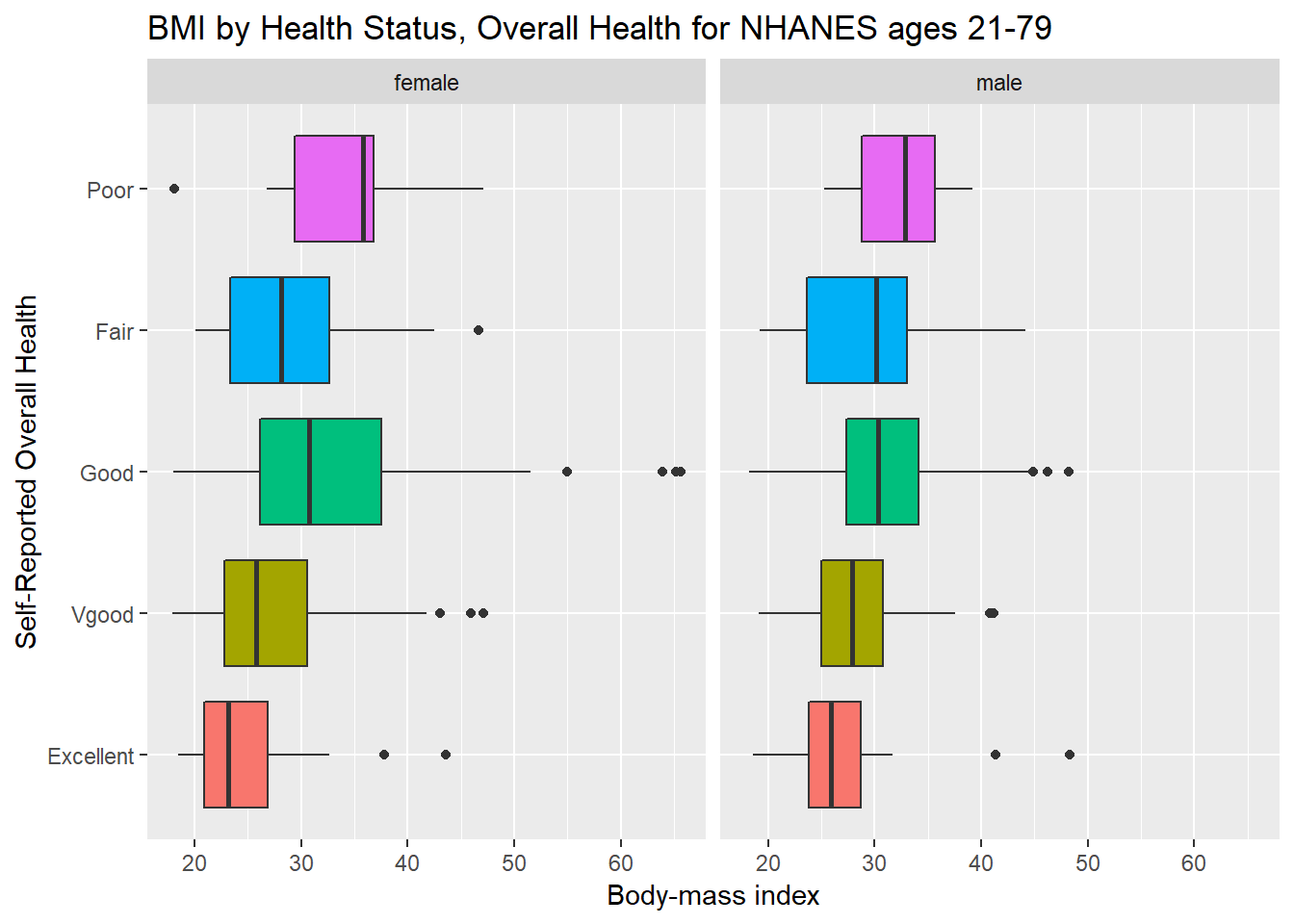

Estimates of BF%, taken for the ADNFS, were determined using the methods based on skin fold thicknesses at four sites the biceps, triceps, sub-scapular and supra-iliac. A sub-sample took part in a physical appraisal yielding BMI and estimates of BF% data for 2993 healthy people (male n=1420 female n=1573). The ADNFS recruited 4316 randomly selected healthy participants, aged 16 years and over, from thirty English parliamentary constituencies. The current data, used to explore the association between BMI (kg m −2) and body fat percentage (BF%), has been previously published 4 although originally obtained from the Allied Dunbar National Fitness Survey (ADNFS) (1992). Therefore, the aim of the present study was to investigate the cutoff points of BMI in relation to adiposity in a large cohort of participants in order to validate if the established cutoff points accurately reflect adiposity. As such the utilisation of BMI in evidence-based approaches relevant to dietary interventions and/or clinical decision making needs to be reconsidered and where appropriate, readjusted. One of the major issues with BMI is that it does not reflect the changes in body composition that occur with age, in particular the presence of sarcopaenia, which is characterised by reduced muscle mass and increased adiposity. Despite its wide use, which pertains to convenience since it only requires the measurement of height and mass, BMI has been frequently criticised as having various deficiencies as a measure of obesity 1 both for healthy and diseased populations. In conclusion, if BMI thresholds for overweight (BMI=25 kg m −2) and obese (BMI=30 kg m −2) are to reflect the same levels of adiposity across all gender and age groups within a population, then age- and gender-specific BMI adjustments outlined here are necessary to more accurately/fairly reflect the same critical levels of adiposity.īody mass index (BMI) is undoubtedly the most frequently used proxy of adiposity/obesity in large epidemiological studies in both healthy and diseased populations.


Younger people had greater BMI than older people for the same levels of adiposity (differences ranged by 4 BMI units for males, and 3 BMI units for females). A two-way ANCOVA revealed significant differences in BMI between different age groups and gender (plus an interaction), using body fat (%) as the covariate, data taken from a random sample of the English population ( n=2993). The purpose of the current study was to identity whether, for the same levels of adiposity, BMI is the same across different age groups and gender. For convenience, health practitioners and clinicians are inclined to classify people/patients as overweight or obese based on body mass index (BMI) cutoff points of 25 and 30 kg m −2 respectively, irrespective of age and gender.


 0 kommentar(er)
0 kommentar(er)
